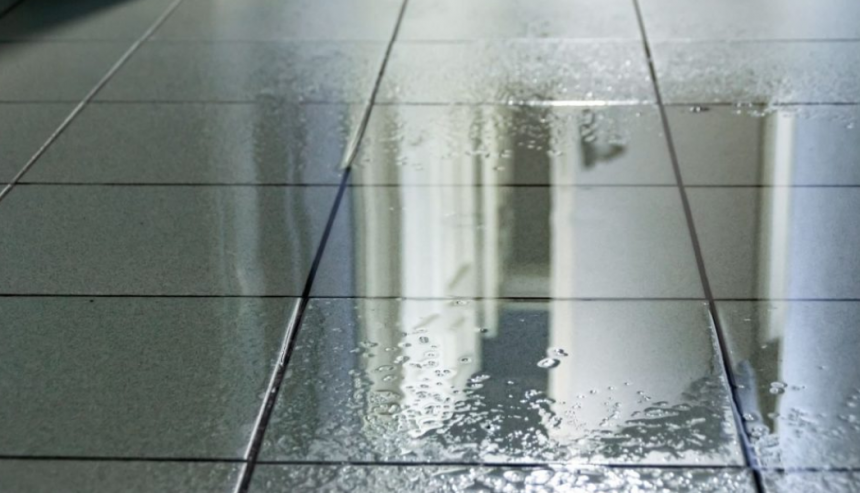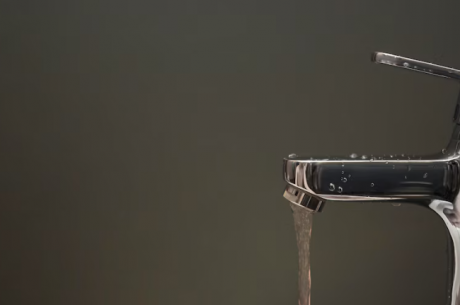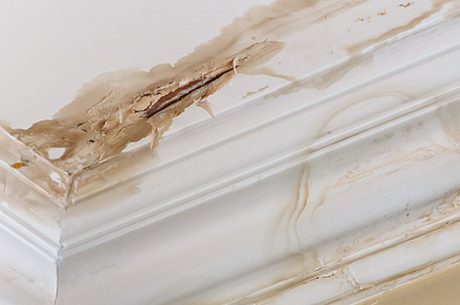Water Damage Tile Floors
As a restoration expert, I’ve encountered numerous cases where water damage has wreaked havoc on homes and businesses. One common misconception is that tile floors are immune to water damage. While tile is indeed a durable and water-resistant material, it’s not entirely impervious to the effects of water. Understanding how water can impact tile floors is crucial for proper maintenance and timely intervention. Let’s delve into the factors that can lead to water damage in tile floors and how you can protect your investment.
How Does Water Damage a Tile Floor?
Water can damage tile floors in several ways. Although the tile itself may be water-resistant, the underlying materials such as grout, adhesive, and the subfloor are often vulnerable. Water can seep through the grout lines and cracks, compromising the adhesive that holds the tiles in place. Over time, this can lead to loose tiles, mold growth, and structural damage to the subfloor.
Signs of Water Damage Under Tile Floors
Identifying water damage early can save you from costly repairs. Here are some signs to look for:
- Loose or Hollow Tiles: If tiles sound hollow when tapped, or if they move slightly, water might have weakened the adhesive.
- Discoloration: Stains or discoloration on grout lines or tiles can indicate moisture penetration.
- Mold and Mildew: The presence of mold or mildew on or between tiles is a clear sign of moisture.
- Musty Odor: Persistent, unpleasant smells can be a sign of water damage under the tiles.
- Warping or Buckling: Changes in the tile surface, such as warping or buckling, often indicate water damage below.
How to Dry Out Water Under Tiles
Drying out water under tiles promptly is essential to prevent further damage. Here are the steps to follow:
- Identify the Source: Locate and stop the source of the water intrusion.
- Remove the Tiles: Carefully remove the affected tiles to access the subfloor.
- Dry the Area: Use fans, dehumidifiers, and wet vacuums to dry the subfloor thoroughly. This may take several days.
- Check for Mold: Inspect and clean any mold or mildew with appropriate cleaning agents.
- Replace Materials: Replace any damaged adhesive or subfloor materials before reapplying the tiles.
How to Prevent Water Damage on Your Tiles
Preventing water damage is much easier and more cost-effective than repairing it. Here are some preventive measures:
- Seal Grout Lines: Regularly apply a high-quality sealant to grout lines to prevent water seepage.
- Fix Leaks Promptly: Address any plumbing leaks or spills immediately.
- Maintain Proper Ventilation: Ensure good ventilation in areas prone to moisture, like bathrooms and kitchens.
- Regular Inspections: Conduct routine inspections of your tile floors, especially in high-moisture areas.
- Use Mats and Rugs: Place mats or rugs in areas prone to water exposure to absorb excess moisture.
What Happens if Water Gets Under Ceramic Tile?
When water gets under ceramic tile, it can lead to a series of problems:
- Adhesive Breakdown: The adhesive holding the tiles can weaken, causing the tiles to become loose or detached.
- Subfloor Damage: Prolonged exposure to water can damage the subfloor, leading to warping, rotting, or structural issues.
- Mold Growth: Moisture trapped under tiles creates an ideal environment for mold and mildew, which can spread and cause health issues.
- Tile Damage: Over time, water can cause tiles to crack, discolor, or develop stains.
Understanding these potential issues underscores the importance of addressing water damage quickly and effectively to preserve the integrity and appearance of your tile floors.
Conclusion
Water damage to tile floors is a concern that should not be underestimated. While tiles are resilient, the underlying materials and structures are susceptible to the damaging effects of moisture. By recognizing the signs of water damage, taking swift action to dry out affected areas, and implementing preventive measures, you can protect your tile floors from significant harm.
Regular maintenance and vigilance are key to ensuring your floors remain in top condition. Should you suspect water damage, don’t hesitate to seek professional assistance to mitigate the issue and preserve the beauty and functionality of your tile floors. Remember, proactive care today can save you from costly repairs tomorrow.
If you need water damage remediation, call PuroClean Emergency Recovery Service New Jersey to perform all water damage services.
If your New Jersey home experiences water damage, contact us as soon as possible. Swift action is essential to minimizing damage and getting your business back on track. Reach out to PuroClean Emergency Recovery Service New Jersey at (877) 750-7876 to benefit from our expertise and restore your property after water damage.




 PuroClean Emergency Fire, Water and Mold Damage Restoration New Jersey
PuroClean Emergency Fire, Water and Mold Damage Restoration New Jersey